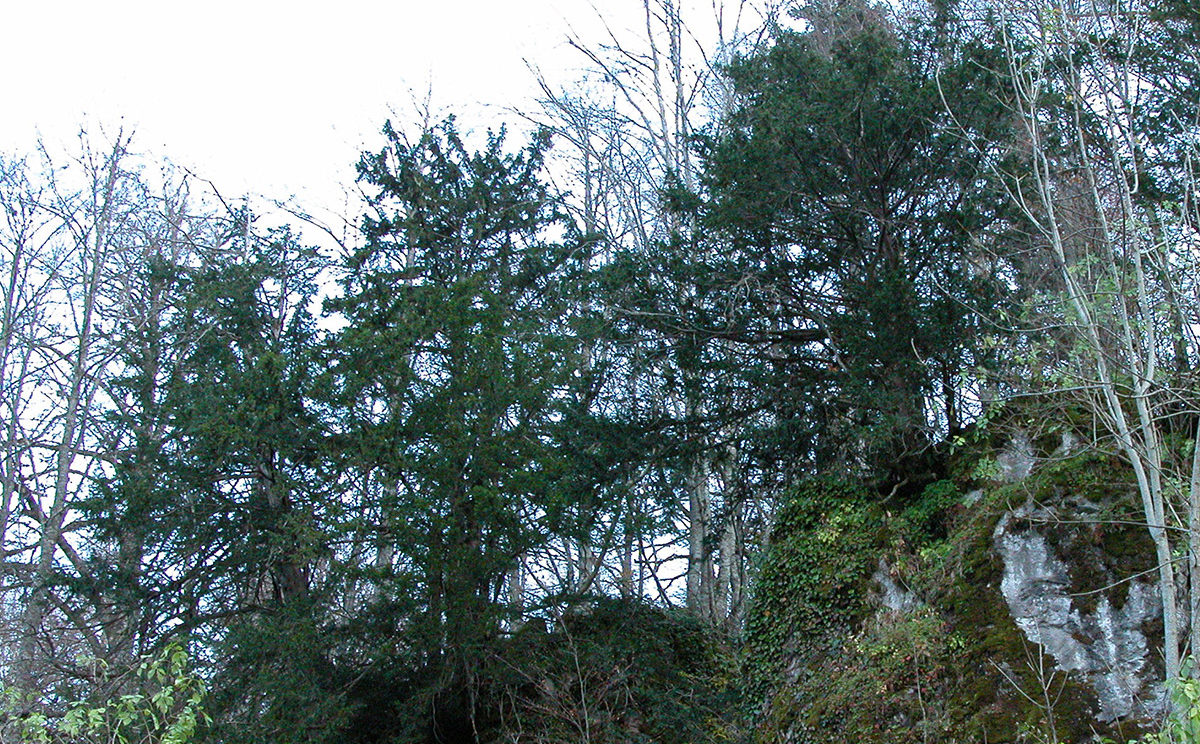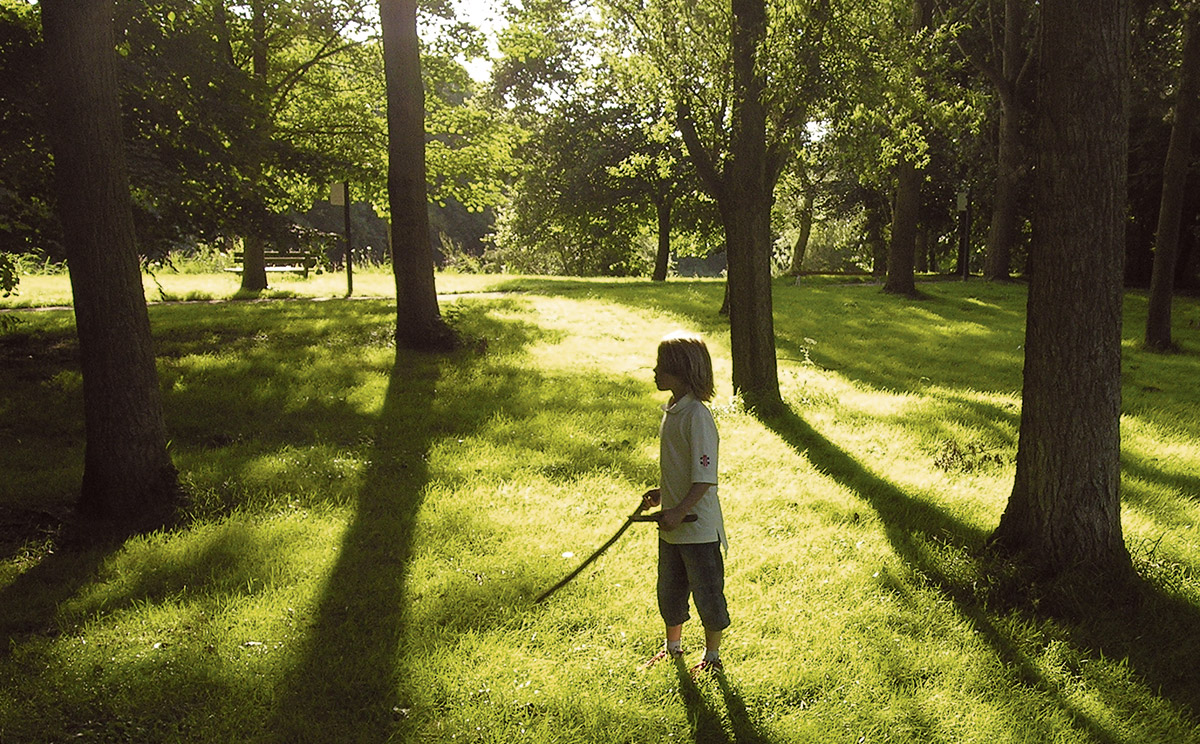Trees improve human health
May 2008
Trees release various beneficial chemicals. Some of these form aerosols which assist cloud forming and thickening and thereby regulate the climate (compare tree news: Tree vapours cool planet). Others are anti-bacterial, anti-fungal and anti-viral and thereby have beneficient effects on human health.
Forests also act as water filters in nature, capable of cleaning up various forms of toxic waste. Trees achieve this by cooperating with a dense community of microbes around their roots that biochemically clean water in exchange for nutrients, a process called phytoremediation. [1] (Microorganisms in the soil of pot plants also clean the air in rooms, see article at Tree World.)
Trees also counteract air pollution. A 2008 study by researchers at Columbia University found that children living on tree-lined streets are less likely to develop asthma. This study was conducted in New York City, where the leading cause of hospital admission for children under the age of 15 is asthma. Since more trees in urban neighbourhoods seem to correlate with fewer cases of asthma, and New York City counted about 500,000 trees outside of parks and private land in 2008, the Million Trees NYC tree-planting initiative developed, under the umbrella of the New York Restoration Project founded by actress Bette Midler. [2]
In Japan, on the other hand, the positive effects of trees on human health have been known for a very long time. Researchers have long studied a Japanese custom called ‘forest bathing’ (Shinrin-yoku) – which does not literally mean bathing but simply spending time in the woods. Breathing in volatile substances called phytoncides (essential oils), which are anti-microbial organic compounds derived from trees, invigorates the human organism. Forest time reduces the level of stress chemicals in the body, boosts the immune system and hence helps to ward off viruses, bacteria and even tumours. Various studies confirming this have been conducted by the Department of Hygiene and Public Health in Tokyo. [1] [3]
In Britain in 2001, the Department of Health sent out thousands of leaflets to all health authorities and hospitals, pointing out the health benefits of trees. The leaflet was called Sustainable Urban Forestry – Benefiting Public Health, and informed about the advantages for bedridden patients if they can see trees:
‘They need less pain-relieving medication, they are better patients and they need to stay in hospital for a shorter period of time, so surrounding hospitals with trees can improve both healthcare and economic efficiency.’
Getting patients involved in tree-planting and care is another recommendation. ‘Trees will also make staff feel less stressed.’ [4]
sources:
[1] Jim Robbins, Why Trees Matter, NY Times, April 11, 2012
[2] Jane Akre, Trees May Cut Asthma – NYC Study Finds, The Legal Examiner National NewsDesk, May 01, 2008
[3] Int J Immunopathol Pharmacol
[4] quoted in Tree News, issue 2, autumn/winter 2001. The leaflet was prepared by the National Urban Forestry Unit of the UK.




